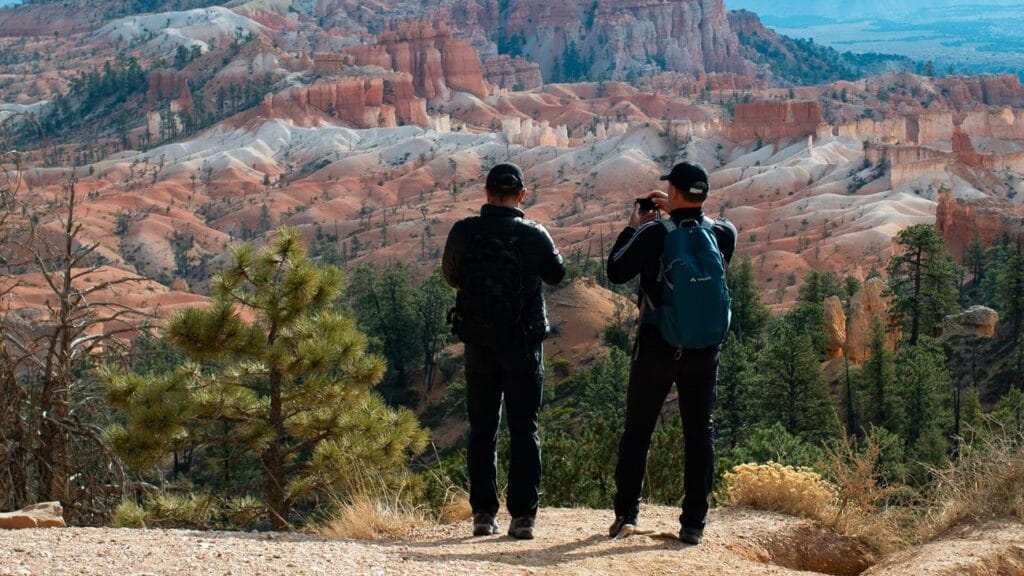Adventure holidays are an exhilarating way to immerse yourself in nature, explore new terrains, and challenge your limits. However, with all the excitement comes the responsibility of ensuring your safety. One of the most crucial preparations for any adventure is packing a well-stocked first aid kit. Whether you’re hiking through the rugged highlands, kayaking down a river, or embarking on a mountain biking trail, having the right supplies can make all the difference. Here’s a fun guide to help you pack the best first aid kit for your adventure holiday.
1. The Essentials: Bandages and Dressings
First things first, let’s talk about the basics. You’ll want to include a variety of adhesive bandages, gauze pads, and medical tape. These items are essential for treating cuts and scrapes, which are almost inevitable when you’re out exploring. Opt for waterproof bandages to ensure they stay put even in wet conditions.
Pro Tip: Consider adding some butterfly closures for those deeper cuts. They can help to keep the wound together while it heals.

2. Antiseptics and Antibiotics
Next up, you’ll need to pack some antiseptic wipes or solution to clean any wounds before dressing them. This step is crucial to prevent infections, which can turn a minor injury into a major headache—quite literally! You might also want to include a small tube of antibiotic ointment to apply after cleaning the wound.
Did You Know? If you’re heading to remote areas, you might want to consider a medical detox, especially if you have any pre-existing conditions. This can help ensure you are in tip-top shape before you embark on your journey.
3. Pain Relief and Medication
In the great outdoors, you may experience unexpected aches and pains. Packing a few over-the-counter medications such as paracetamol or ibuprofen can help alleviate headaches, muscle soreness, or even mild fever. If you take any prescription medications, make sure to bring enough for your trip, along with a copy of your prescriptions.
Pro Tip: Always check the expiry dates on your medications before you leave; there’s nothing worse than needing pain relief only to find your stash has gone past its prime!
4. Tools of the Trade: Scissors and Tweezers
A pair of scissors and tweezers are invaluable tools in any first aid kit. Scissors can help you cut bandages or clothing away from a wound, while tweezers are perfect for removing splinters or ticks—both of which can be common nuisances during outdoor activities.
Pro Tip: Choose a pair of scissors with rounded edges for safety, especially if you’re packing for kids.
5. A Safety Blanket
You might be wondering why you need a safety blanket in your first aid kit. Well, these lightweight, compact blankets can provide warmth in emergencies, especially if you find yourself stranded or injured in cooler weather. They can also be used to signal for help if you find yourself in a sticky situation.
6. Insect Repellent and Sunscreen
While not traditional first aid items, insect repellent and sunscreen are essential for preventing injuries in the first place. Protecting your skin from harmful UV rays and pesky insect bites can save you from a lot of discomfort during your holiday. Look for a high SPF sunscreen and a repellent that contains DEET or natural alternatives.
Pro Tip: Don’t forget to reapply sunscreen regularly, especially if you’re sweating or swimming!
7. Emergency Contact Information
In case of severe injuries or emergencies, having a clear and accessible list of emergency contacts can be a genuine lifesaver. Your first aid kit should include more than just supplies — it should also act as your quick-reference guide when panic sets in or when you’re far from home. Add local emergency numbers for the region you’re visiting, since emergency services vary widely depending on the country or even the specific area.
It is also smart to include your travel insurance information, policy numbers, and the direct emergency assistance line offered by your provider. If you or your travel companions have medical conditions, allergies, or require daily medication, note all of this in one place. Keep this list in a waterproof sleeve or small pouch inside your first aid kit so it stays dry and easy to find. When something goes wrong, having this information ready can significantly speed up response time and reduce stress during critical moments.
8. Personalised Items
Finally, take a moment to personalise your first aid kit so it fits your needs rather than a generic checklist. Adventure holidays vary widely, and your kit should adapt to the terrain, climate, and your health profile. If you have allergies, make sure to add antihistamines or an EpiPen. If your trips often involve boats, buses, or mountain roads, include travel sickness tablets. Those prone to blisters should pack extra moleskin, and anyone with sensitive skin may want aloe vera gel or a soothing balm for sun exposure.
Consider the activities you will be doing as well. Mountain bikers may want extra bandages or joint support tape, while hikers might pack electrolyte tablets and blister patches. Tailoring your kit ensures you are prepared for any situation, big or small, and prevents unnecessary discomfort on the trail.
Packing a first aid kit for your adventure holiday doesn’t have to be a chore. By making it fun and engaging, you can ensure that you’re well-prepared for anything that comes your way. Remember to check your kit before you leave, and restock any items that have been used or have expired. With a well-stocked first aid kit, you can embark on your adventure with confidence, knowing that you’re equipped to handle any bumps along the way—literally and figuratively! So, get out there, enjoy the great outdoors, and make some unforgettable memories, all while keeping safety at the forefront of your adventure. Happy travels!
